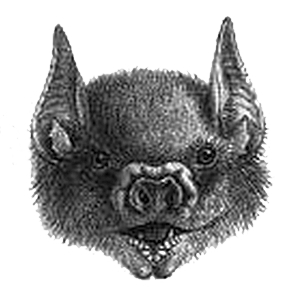Facts About Antillean fruit-eating bat
The Antillean fruit-eating bat, a member of the leaf-nosed bat family within the genus Brachyphylla, is a fascinating species native to the Caribbean, ranging from Puerto Rico to St. Vincent and Barbados. There are three recognized subspecies, distinguished by their size and geographic distribution.
These bats feature a distinctive appearance, with fur that is white to yellowish at the base and darkens toward the back. They typically measure between 65 to 118 mm in length and weigh around 45 grams. For roosting, they select a variety of locations such as caves, treetops, and cliffs, always avoiding direct sunlight.
Their diet is quite varied, encompassing fruits, pollen, nectar, and insects. In the wild, they consume various fruits, whereas in captivity, they have been noted to enjoy an assortment of fruits and flowers. They also feed on small arthropods, including mites, batflies, and ticks. These bats are versatile foragers, seeking food both in the forest canopy and on the ground.
Behaviorally, Antillean fruit-eating bats are nocturnal. They leave their roosts shortly after sunset and return just before dawn. Notably, their activity schedule is closely synchronized with that of the Jamaican fruit bat.
